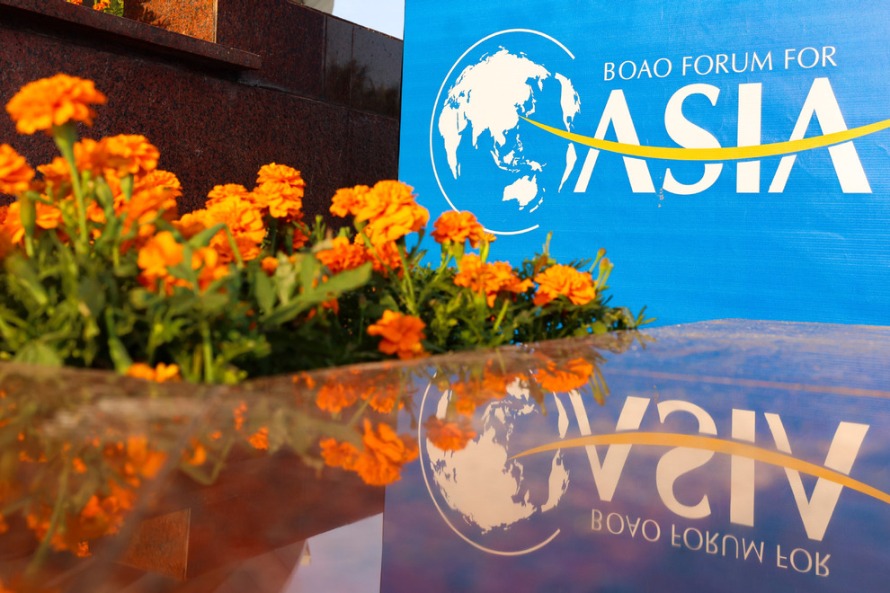Africa CDC urges vigilance to curb spread of Marburg virus
By Edith Mutethya in Nairobi, Kenya | chinadaily.com.cn | Updated: 2021-08-13 17:31
The Africa Centers for Disease Control and Prevention has urged African Union member states to strengthen their surveillance systems to curb the spread of Marburg virus disease that was detected in Guinea last week.
John Nkengasong, director of the Africa CDC, said strong disease surveillance systems will ensure any case of the virus is picked up and dealt with immediately before it spreads.
He said such systems will not only help Africa to deal with current outbreaks, but will also position it to fight future epidemics.
According to the International Food Policy Research Institute, an international agricultural research center headquartered in Washington DC, Africa is now catching up to Asia as an infectious disease hotspot.
The development is attributed to increasing human populations and increasing demand for milk, meat and eggs due to rising urbanization and incomes. This is in addition to increasing densities of humans and domestic animals particularly in coastal West Africa, North Africa and the highlands of East Africa.
"Disease stresses are all over us and it's a question of time before you see an outbreak that leads to endemic disease or a pandemic. That's why we are preaching a new public health order for the continent to cope with disease outbreaks," he said.
The new order, a proposal by Nkengasong and his colleague Sofonias Tessema, recommends strengthened continental and national public health institutions as well as local manufacturing of vaccines and therapeutics.
This is in addition to diagnostics, attraction, training, and retention of a public health workforce and fostering respectful local and international partnerships.
The new public health order will be discussed further during the upcoming International Conference on Public Health in Africa, scheduled for Dec 14-16.
The event, to be held virtually, will offer a unique platform for African researchers, policymakers and stakeholders to share scientific findings and public health perspectives and collaborate on research, innovation and public health across the continent.
Nkengasong said while it may not be possible to prevent outbreaks completely, having good surveillance systems in place can help in preventing the spread of disease.
He said through the National Public Health Institute, Africa CDC is encouraging, advising and supporting AU member states to establish their own public health institutes.
Nkengasong said the institutes will enable early detection of diseases and scotch them before they become a serious threat to the country and the region.
Marburg, which is in the same family as the virus that causes Ebola, was detected less than two months after Guinea declared an end to their second Ebola outbreak that was reported in February.
Samples taken from a now-deceased patient and tested by a field laboratory in Gueckedou, as well as Guinea's national hemorrhagic fever laboratory, turned out positive for the Marburg virus. Further analysis by the Institut Pasteur in Senegal confirmed the result.
A total of 155 contacts were identified and are currently being monitored.
Marburg virus disease is a highly fatal, zoonotic hemorrhagic disease caused by the Marburg virus. The disease is transmitted to people from fruit bats and spreads through human-to-human transmission.
Human-to-human transmission occurs through direct contact with body fluids from infected persons or contact with equipment and other materials contaminated with infectious blood, tissues or bodily fluids of infected people, as well as contaminated surfaces or materials.
According to the World health Organization, the disease was first recognized following two large outbreaks that occurred simultaneously in Marburg and Frankfurt in Germany and Serbia's capital Belgrade in 1967.
The outbreak was associated with laboratory work using African green monkeys imported from Uganda.
Outbreaks and sporadic cases have subsequently been reported in Angola, the Democratic Republic of Congo, Kenya, South Africa and Uganda.
























